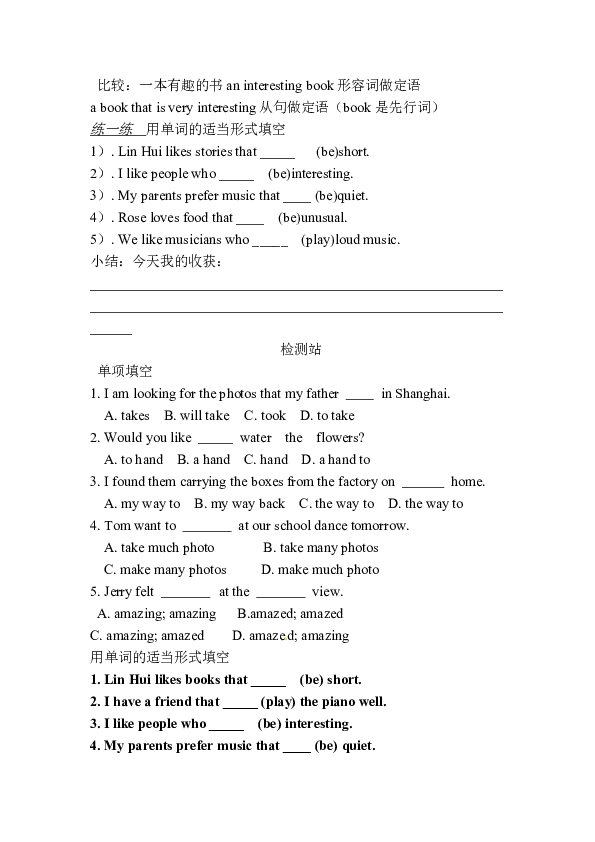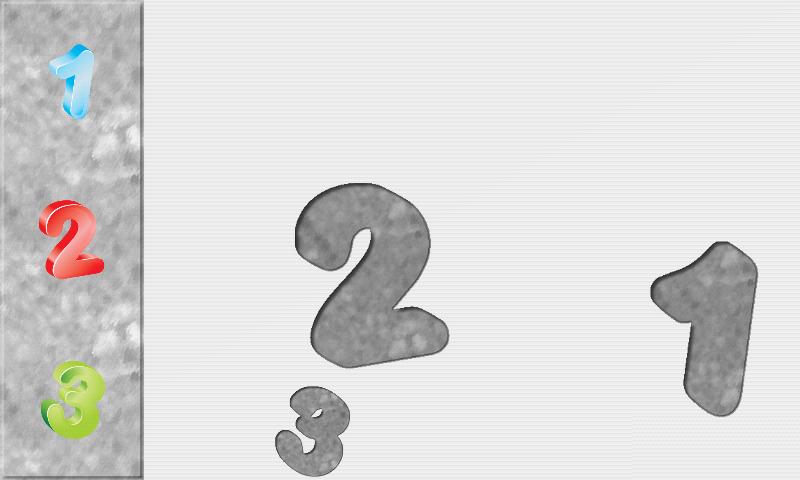Recipe for Homemade Wallpaper Paste: A Step-by-Step Guide to Achieving a Flawless Finish
Guide or Summary:WallpaperRecipe for Homemade Wallpaper PasteWhy Homemade Wallpaper Paste is BetterWallpaperWallpaper is an excellent way to add a splash of……
Guide or Summary:
Wallpaper
Wallpaper is an excellent way to add a splash of color or pattern to any room, transforming it into a vibrant and stylish space. Whether you're working on a small accent wall or completely redecorating your living room, choosing the right wallpaper can make all the difference. However, achieving a flawless finish is crucial for a truly impressive result.
One of the most important elements in wallpapering is the wallpaper paste. A good wallpaper paste should be strong enough to hold the wallpaper in place but flexible enough to conform to any surface. It should also be easy to apply and remove, ensuring a smooth and professional finish.
That's why we've created a simple and effective recipe for homemade wallpaper paste. With just a few basic ingredients, you can create a paste that is as good as store-bought, but with the added satisfaction of knowing exactly what goes into it.
Recipe for Homemade Wallpaper Paste
To make your own wallpaper paste, you'll need the following ingredients:
- 1 cup of white flour

- 1/2 cup of water
- 1/4 cup of white vinegar
- 1 teaspoon of liquid starch (optional, but recommended for added strength)
Instructions:
1. In a large mixing bowl, whisk together the white flour and water until a smooth batter forms. If the mixture is too thick, add a little more water until it reaches the desired consistency.

2. Stir in the white vinegar and liquid starch (if using) until fully combined. The vinegar will help the paste adhere better to the wallpaper, while the starch will add extra strength and prevent the paste from becoming too sticky.
3. Test the consistency of the paste by applying a small amount to a piece of scrap paper. If it feels too thick, add a little more water. If it's too thin, add a little more flour.
4. Once you've achieved the perfect consistency, your homemade wallpaper paste is ready to use. Apply it evenly to the back of your wallpaper, making sure to cover the entire surface.
5. Carefully hang the wallpaper on your chosen wall, smoothing it out as you go. Use a wallpaper brush or sponge to remove any air bubbles and ensure a smooth finish.
6. Allow the wallpaper to dry completely before applying a second coat of paste to the back. This will help ensure that the wallpaper stays in place and provides a professional-looking finish.

Why Homemade Wallpaper Paste is Better
There are several advantages to making your own wallpaper paste. Firstly, it's much cheaper than buying store-bought paste, which can be quite expensive, especially if you're planning to wallpaper a large area. Secondly, homemade paste is often more environmentally friendly, as it doesn't contain any harmful chemicals or additives.
Finally, making your own wallpaper paste gives you complete control over the consistency and quality of the paste, ensuring that you achieve a flawless finish every time. Whether you're a seasoned pro or a DIY enthusiast, this recipe for homemade wallpaper paste is sure to impress. Give it a try and see the difference it can make to your wallpapering projects.